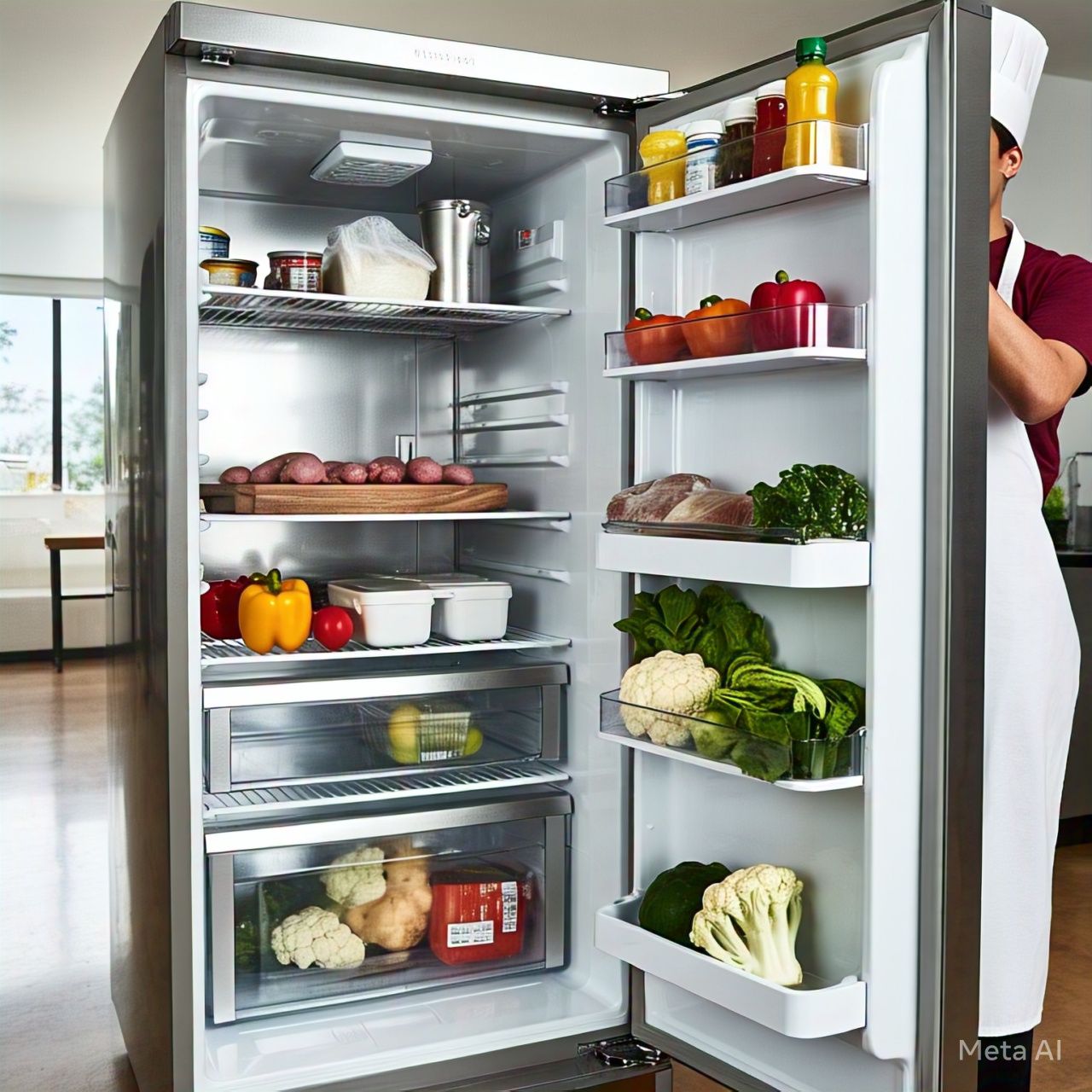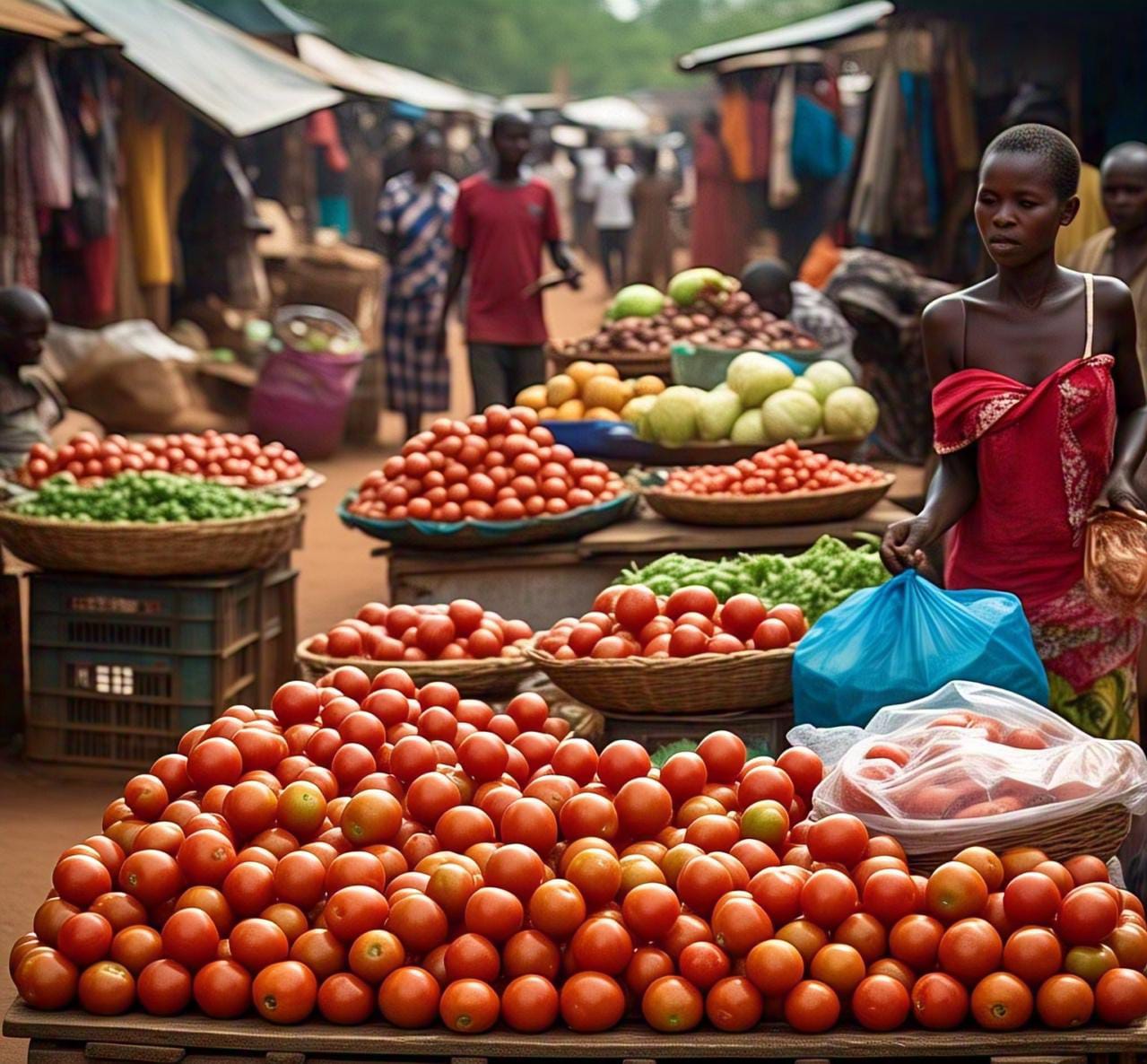When it comes to preserving food, the refrigerator is often seen as the ultimate solution for keeping items fresh and safe to consume. However, not all foods thrive in cold environments. In fact, storing certain items in the fridge can alter their taste, texture, and nutritional value, or even accelerate spoilage. Understanding which foods are better left out of the fridge is essential for maintaining their quality and ensuring your meals are as delicious and safe as possible. In this article, we’ll explore the surprising list of foods that don’t belong in your refrigerator and the reasons why they fare better in other storage conditions. Walk with us on this journey;
I - Bread (can become stale or moldy)
Why is it not good to store bread in fride; Storing bread in the fridge can cause it to become stale or dry faster due to the low humidity and cold temperature. This can lead to a loss of texture and flavor. Bread typically lasts longer when stored at room temperature or frozen.
More so, Freezing bread is a great way to preserve it! bread can be stored in the freezer to keep it fresh for a longer period. The cold temperature slows down the staling process, and it can be easily thawed when needed. Deep freezing is a good way to keep bread fresh

II - Tomatoes (can become mealy and lose flavor) Storing tomatoes in the fridge can cause:
- Loss of flavor and texture
- Mealiness or softening
- Reduced ripening process
Tomatoes are best stored at room temperature, away from direct sunlight, to preserve their flavor, texture, and aroma. This helps them ripen naturally. And alternatively Yes, tomatoes can be stored in the freezer, but it is best to use them in cooked dishes after thawing, as they'll be softer and more suitable for sauces, soups, or stews.
To freeze tomatoes:
- Blanch them in boiling water for 10-15 seconds
- Chill them in an ice bath
- Remove the skin and chop or puree
- Store in airtight containers or freezer bags
Frozen tomatoes are perfect for adding to recipes like pasta sauces, soups, or stews.

III - Bananas (ripening process slows down, but can become overripe)
Bananas are best stored at room temperature, away from direct sunlight. Refrigerating bananas can cause the peel to darken and the fruit to ripen unevenly. The cold temperature can also slow down or halt the ripening process, but it can affect the texture and taste, and trust me we all love the taste of a fresh banana. We don't wanna have a different taste from a fresh banana taste 😋
Yes, bananas can be stored in a deep freezer!
To freeze bananas:
- Peel and chop or slice them
- Place them in an airtight container or freezer bag
- Store in the freezer
Frozen bananas are perfect for:
- Smoothies
- Banana "ice cream"
- Baking (like banana bread)
- Adding to oatmeal or yogurt
When frozen, bananas become softer and blend into a creamy consistency, making them ideal for various recipes!

IV - Onions (can become soggy and develop off-flavors)Onions are not ideal for fridge storage because:
- Moisture: Onions can absorb moisture from the fridge, becoming soggy or moldy.
- Odour transfer: Onions can impart their strong smell to other foods in the fridge.
- Sprouting: Onions can sprout or become soft if stored too long.
Instead, store onions in a cool, dry, well-ventilated area, like a pantry or cupboard. This helps preserve their flavor and texture. Once opened or chopped, you can store them in the fridge

V - Potatoes (can become sweet and develop off-flavors) Storing potatoes in the fridge can cause:
- Sweetness: Cold temperatures convert starches to sugars, making potatoes sweet.
- Texture changes: Potatoes can become soft or waxy.
- Moisture: Fridge humidity can lead to sprouting or rot.
Instead, store potatoes in a:
- Cool (around 40-50°F/4-10°C), dark place
- Well-ventilated area
- Paper bag or breathable container
This helps maintain their natural flavor and texture

When it comes to food storage, knowing what belongs in the fridge and what doesn’t can make all the difference in maintaining flavor, texture, and freshness. By keeping certain items out of the refrigerator, you not only preserve their natural qualities but also free up valuable fridge space for the foods that truly need it.
Fun Facts
- Tomatoes: Refrigerating tomatoes can make them mealy and dull their flavor. Keep them at room temperature for the best taste.
- Potatoes: The cold temperature converts their starch into sugar, altering taste and texture. Store them in a cool, dark place instead.
- Honey: Refrigeration causes honey to crystallize. It’s naturally shelf-stable and lasts for years at room temperature.
- Bread: The fridge actually makes bread go stale faster. Store it in a bread box or freeze it for long-term storage.
- Onions: Refrigerating onions can make them mushy and emit a strong odor. Store them in a well-ventilated area away from potatoes.
- Avocados: If unripe, refrigeration slows their ripening process. Let them ripen at room temperature first.
- Coffee: Coffee beans or grounds lose flavor faster in the fridge due to condensation. Keep them in an airtight container at room temperature.
- Garlic: Refrigeration can cause garlic to sprout and develop a rubbery texture. Store it in a dry, ventilated space.
- Hot Sauce: Many hot sauces contain vinegar and salt, which preserve them well without refrigeration. Keep them in the pantry.
- Basil: Refrigerating fresh basil can cause it to wilt and turn black. Keep it in a glass of water on the counter, like a bouquet.
Did you know that honey has been found in ancient Egyptian tombs still perfectly edible without refrigeration? Food storage isn’t just about convenience — it’s about preserving history, flavor, and nutrition. So, the next time you’re putting away groceries, remember these tips and let your pantry and countertop do some of the heavy lifting!






Nice write up
Keep on engaging for more premium content
8b5